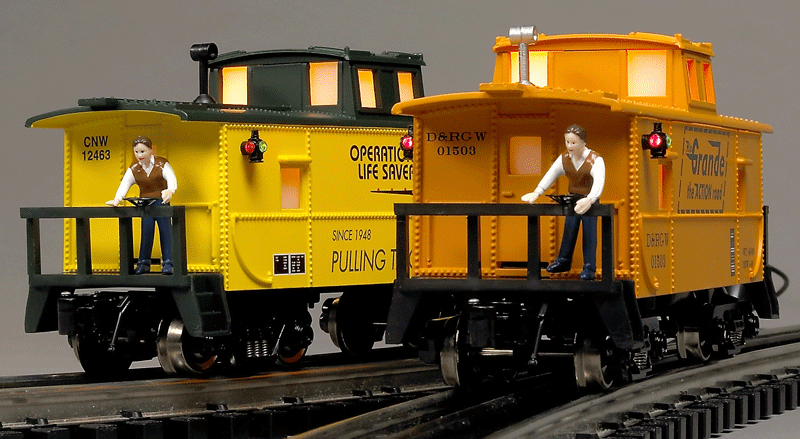
I HAVE A VISION of Walter Matuch, the owner of Ready Made Toys, dashing around the country in search of some lost or forgotten toy train tooling. On discovering something, he holds it up to the light and asks, “How can I improve this?” The RMT O-27 gauge caboose is one of those items that […]
Read More…
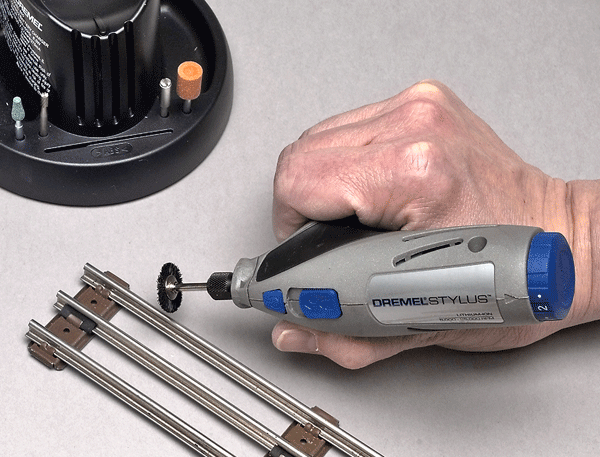
MOST OF US own big, all-purpose power tools: electric drills, circular saws, and pad sanders. We use them to make picnic tables, hang pictures in our living rooms, and build wall shelves above washing machines. But there’s another category of power tools – smaller and more specialized than those in your garage – that are […]
Read More…
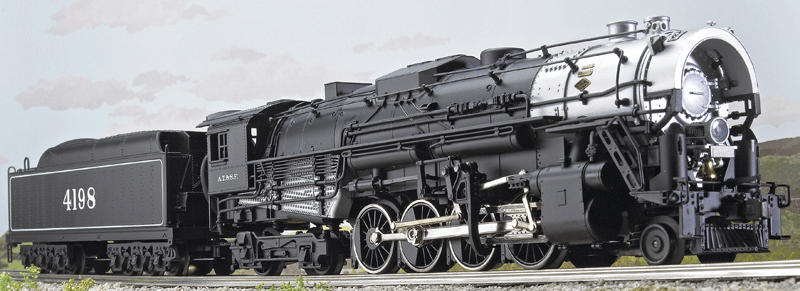
WELL, THE MAURY KLEIN era of K-Line Electric Trains is toast. In a quarter century he took his company, MDK Inc., from re-issues of Marx trains to some of the hottest new trains in several price ranges on the market. Alas, K-Line went out in a blaze of litigation, debt, and innovative model railroad products. […]
Read More…
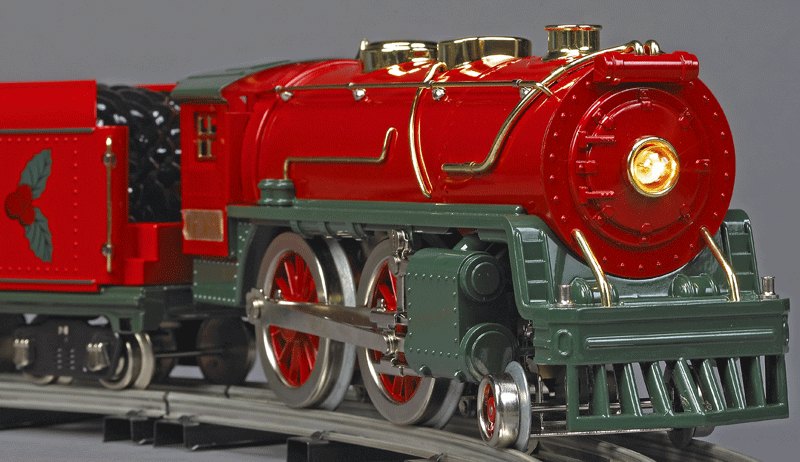
TINPLATE REPRODUCTIONS may be the last tension-free zone in model railroading. Nobody is yelling about competing command-control systems. Nobody takes prewar-style tinplate to task for looking toy-like. Nobody gripes about the wrong road name being applied to a locomotive. You can get your trains in the old-line colors or brand-new paint schemes. You can get […]
Read More…
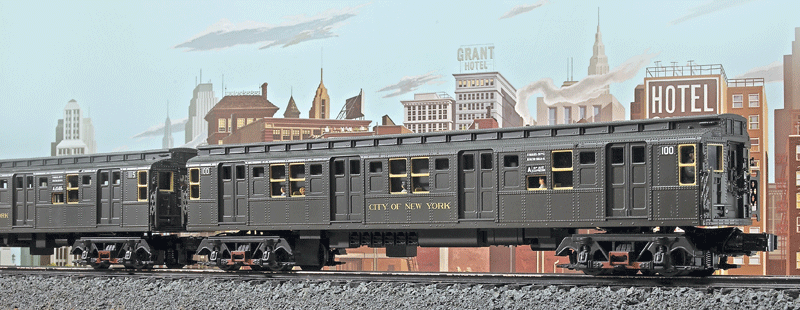
MTH HAS STEPPED BACK in time in an exciting way with an O gauge model of New York City’s rumbling R-1 subway cars. Until now, MTH has offered more contemporary models of mass transit equipment, in both its Premier and RailKing lines. The R-1 changes all of that. Between 1930 and 1931, American Car & […]
Read More…
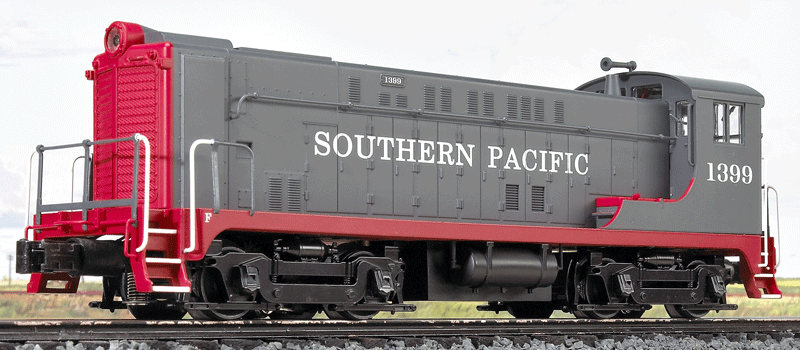
THE VO-1000 IS one of my favorites of the early diesel years. Baldwin Locomotive Works built more than 500 of these 1,000-horsepower locomotives between 1939 and 1946. The VO-1000 was replaced in 1946 by the outwardly similar DS-4-4-10, which came equipped with a different diesel engine. The VO-series switchers were exemplary at their job. As […]
Read More…
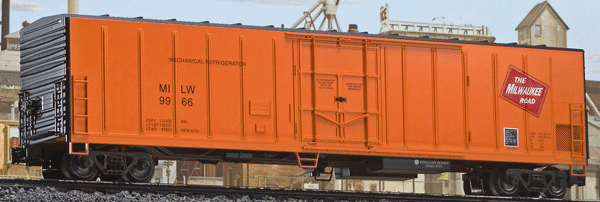
THE FREIGHT TRAINS that I run on my layout are probably typical of most three-railers: a mix of road names and freight car types. Add to that list of runners Weaver’s 57-foot mechanical refrigerator car with sound.What? Sound in a big box? Yep. Weaver’s reefer is as nice as they come. Weaver has delivered plenty […]
Read More…
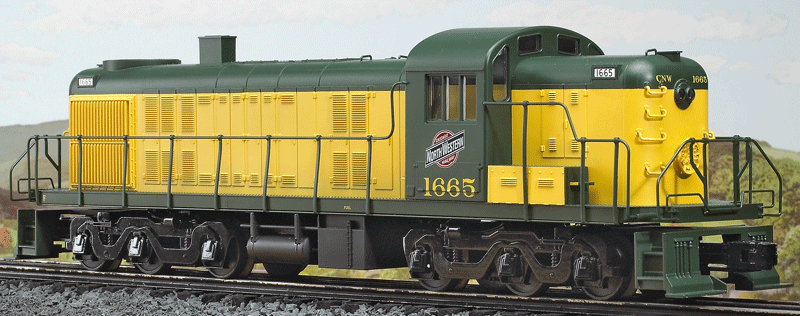
One of the complaints heard from hobby curmudgeons is that O gauge railroading is too expensive. And if you mention to them some of the lower priced Lionel products, MTH’s RailKing line, and K-Line’s high-value semi-scale steamers, you often hear the retort: “Well, I mean scale-sized trains.” Atlas O has stepped up to fill this […]
Read More…
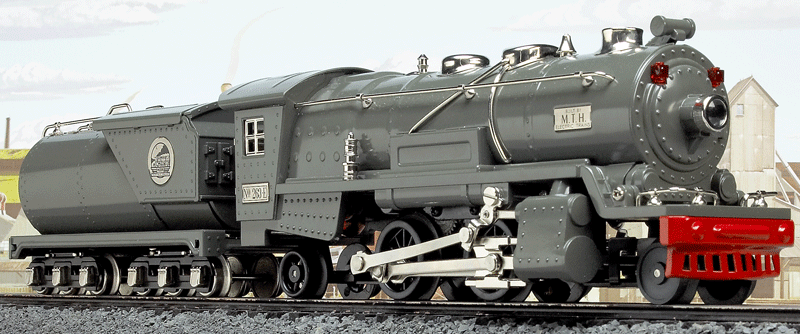
LIONEL’S PREWAR no. 263E steam locomotive was the last of its kind. The tinplate O gauge 2-4-2 locomotive was everything that its die-cast metal successors were not. It was glossy and bold and featured plenty of smooth sheet-metal surfaces accentuated by stamped rivets, nickel ladders, railings, and domes, with a red cow-catcher thrown in too. […]
Read More…









